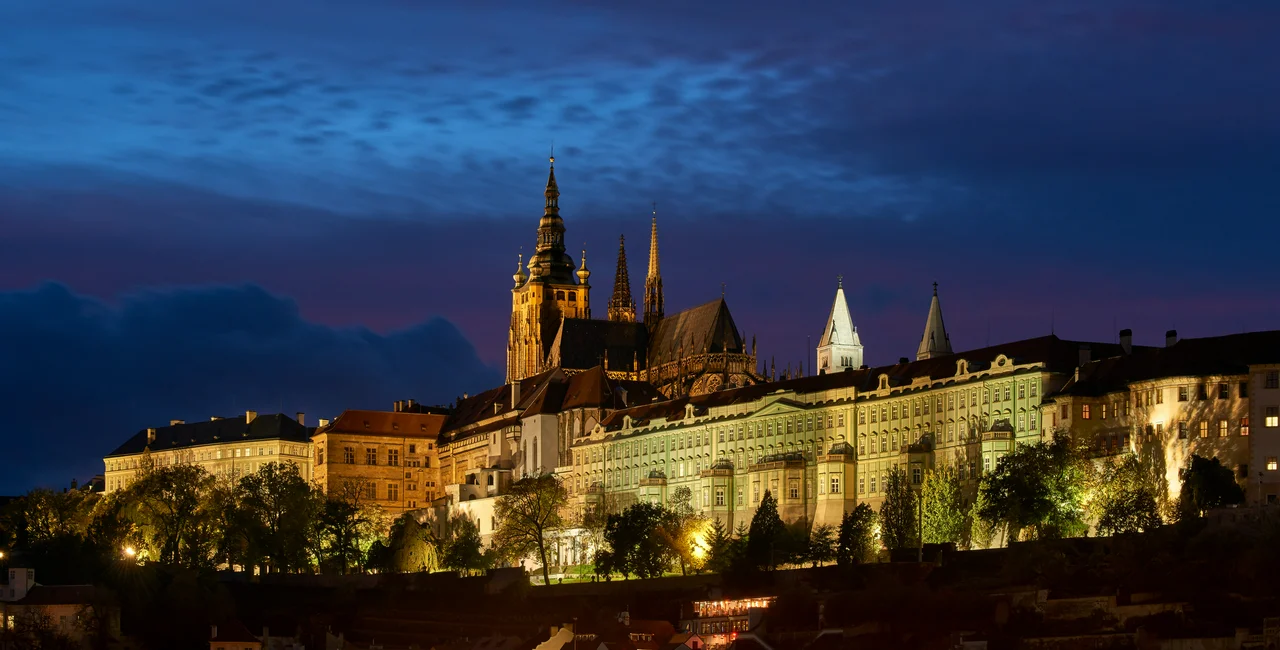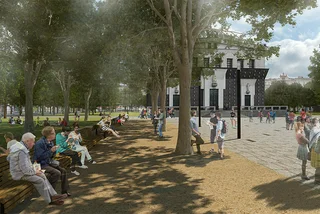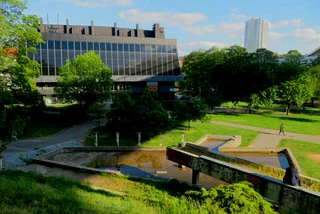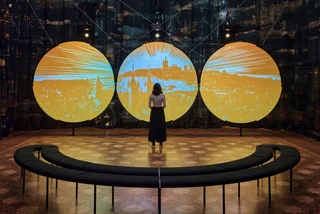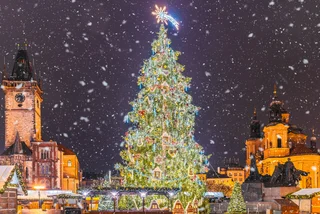Slovenian architect Jože Plečnik’s birthday was 150 years ago this week. He is known in Prague for extensive renovations that give Prague Castle its current look, and for designing one of the city’s most iconic modern churches.
Prague Castle is planning an extensive exhibition on Plečnik’s life and work, which will open on April 1. In the meantime, you can see his completed works at the Castle and at náměstí Jiřího z Poděbrad.
Plečnik was born on Jan. 23, 1872, in Ljubljana, Slovenia, and did his early work in Vienna, under Art Nouveau architect and designer Otto Wagner. But he was more comfortable working in his own, more modern style.
While in Vienna, he met Czech architect Jan Kotera, who shared many of his ideas on taking architecture in a new direction. Kotera recommended Plečnik for a teaching post at the Academy of Arts, Architecture and Design (UMPRUM) in Prague. He took up the position in 1911 and was there for almost 10 years.
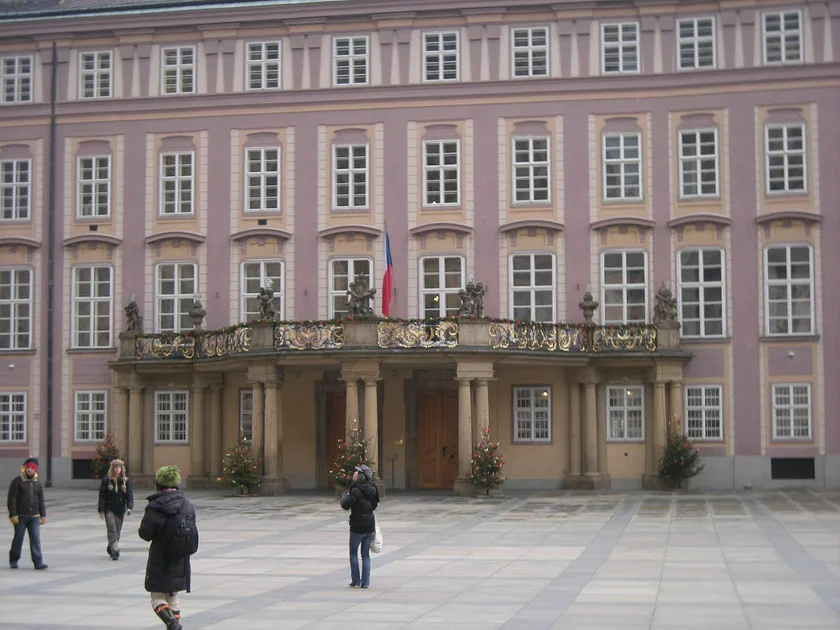
When the First Republic of Czechoslovakia was established in 1918, Prague Castle was a bit rundown from neglect. President Tomáš Garrigue Masaryk wanted to turn the long-neglected space into a showcase worthy of being the location of the presidential offices of a new and modern country. Masaryk appointed Plečnik chief architect of Prague Castle. From 1920 to 1934, Plečnik oversaw a large-scale transformation of the Castle’s facades, gardens, interiors, and monuments.
“Plečnik undertook this difficult and important task with a deep understanding of the place, its history and importance. … Plečnik created the necessary affiliation of already standing architectural elements and those newly built, including the landscape. He thus created a representative and artistically unified and functional space,” Prague Castle states on its website.
“Plečnik brought the spirit of modern architecture into the thousand-year history of the seat of Czech princes and kings, which became a symbol of Czech statehood after the establishment of a democratic Czechoslovak Republic. His interventions in the exteriors and interiors of Prague Castle are still unmissable and admired by experts, as well as domestic and foreign visitors,” the Castle adds.
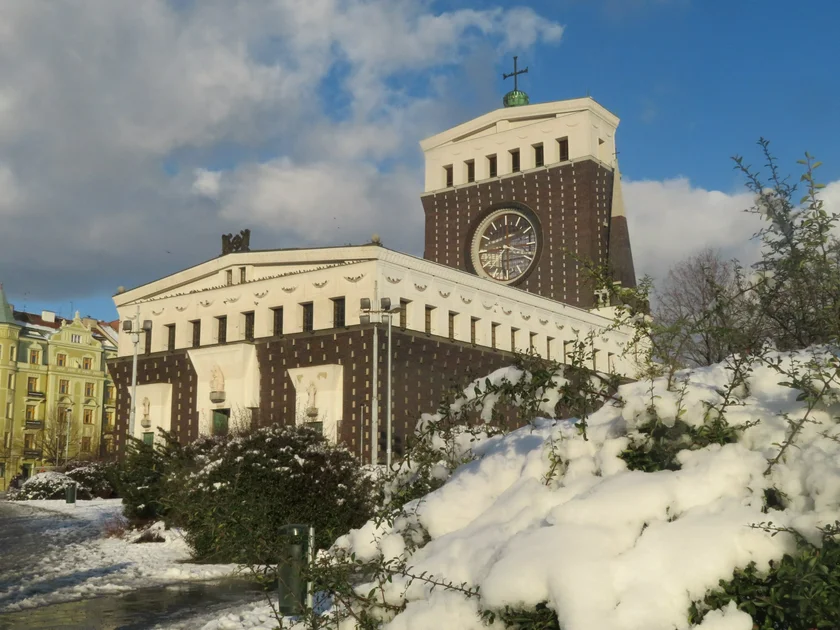
Before leaving Prague, he designed the Church of the Most Sacred Heart of Our Lord (Kostel Nejsvětějšího Srdce Páně) at náměstí Jiřího z Poděbrad in part of Vinohrady at the edge of Prague 3. The church was part of a project to commemorate 1,000 years since the death of St. Wenceslas in 929 AD. Construction on the church began in 1928 and lasted three years.
There had been a Czech and Slovenian effort to have the Prague church and buildings by Plečnik in Ljubljana declared a joint UNESCO World Heritage Site. Slovenia eventually applied on its own for just the works located in there. Plečnik’s buildings in Ljubljana were inscribed as world heritage by UNESCO in 2021 for their human-centered design.
UNESCO in the inscription praised Plečnik for “his personal, profoundly human vision for the city,” and for works that fit in with the older city while meeting the needs of the modern 20th-century society.
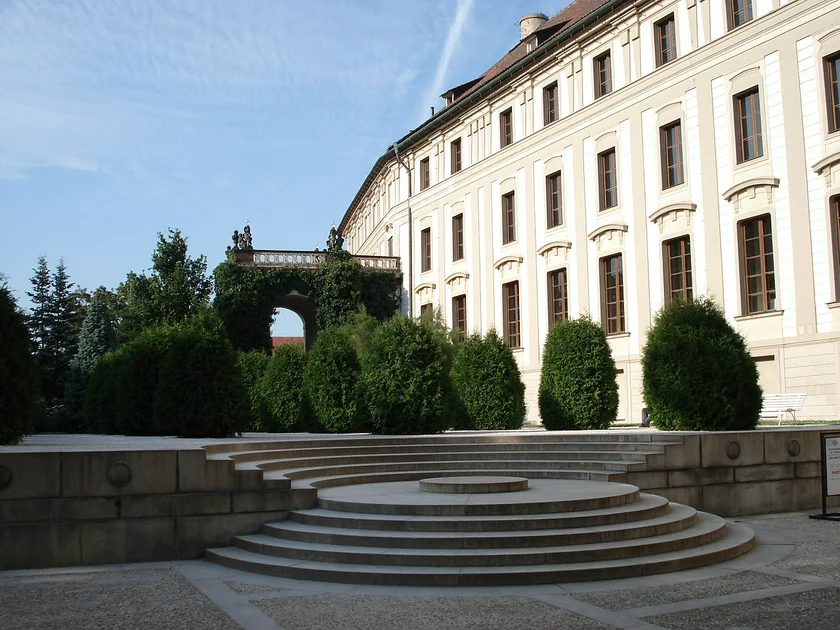
The same can be said for his transformation of Prague Castle, with new and renovated elements that complement the historical parts.
The historical center of Prague, including Prague Castle, has been a UNESCO World Heritage Site since 1992. The monument zone, though, does not extend as far as náměstí Jiřího z Poděbrad.
His legacy is not only in the buildings he left behind but also in his influence. Several of his students went on to become noted architects in their own right. He also influenced architects Pavel Janák and Josef Gočár, the founders of the Czech Cubism movement.
The exhibition at the Theresian Wing of the Old Royal Palace and the grounds and courtyards of Prague Castle opens on April 1 and will run to Oct. 31, 2022. it will consist largely of panels and photographs, with some models as well. Admission is free.
There will also be four lectures (in Czech) by architecture historian Zdeněk Lukeš on Plečnik’s life and work covering his career in Prague, Slovenia, and Vienna. The lectures will be held at Prague Castle’s Supreme Burgrave's Office (Nejvyšší purkrabství) on Jan. 27, Feb. 24, March 31, and April 21, always at 5 pm.












 Reading time: 3 minutes
Reading time: 3 minutes 